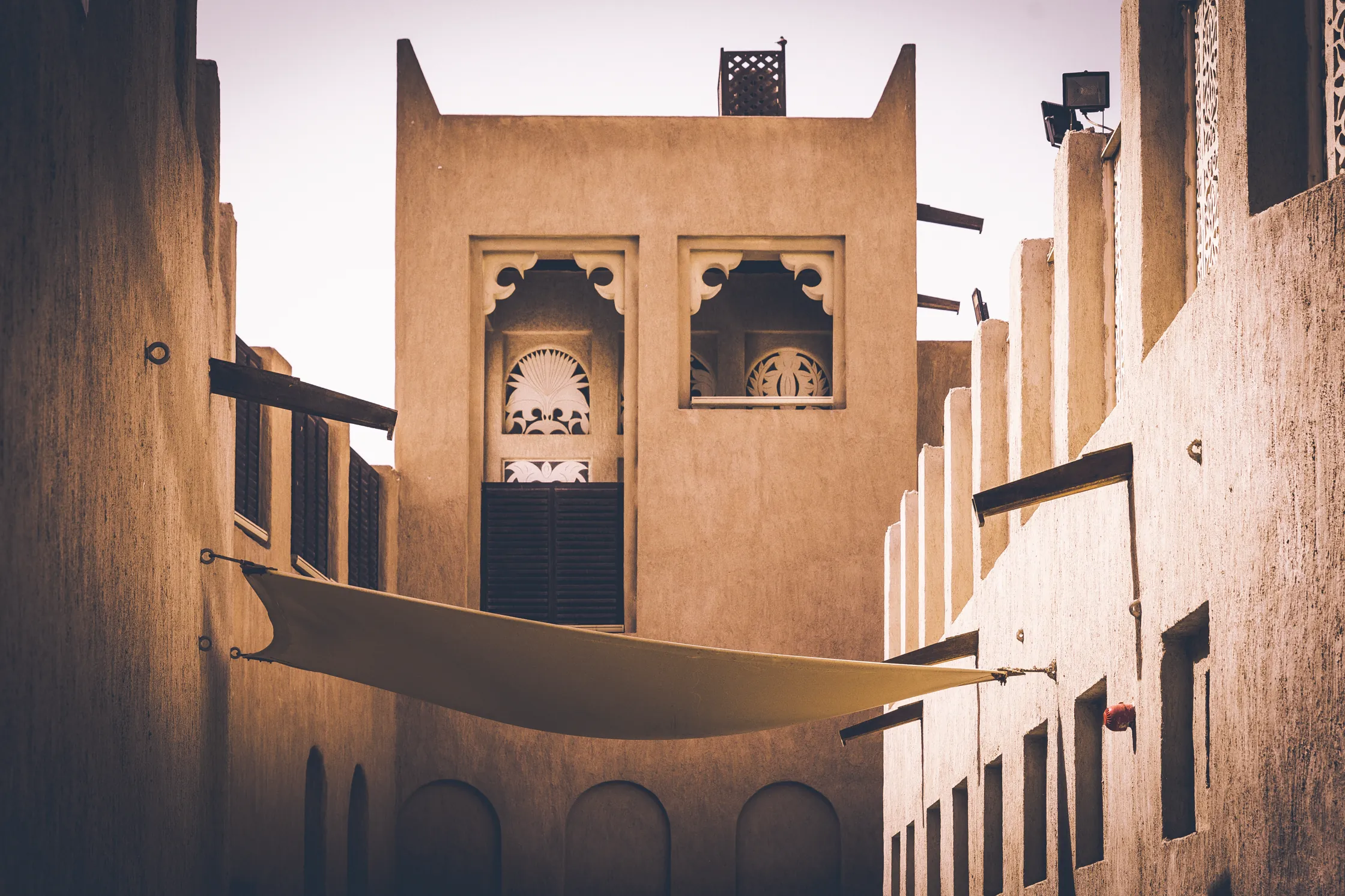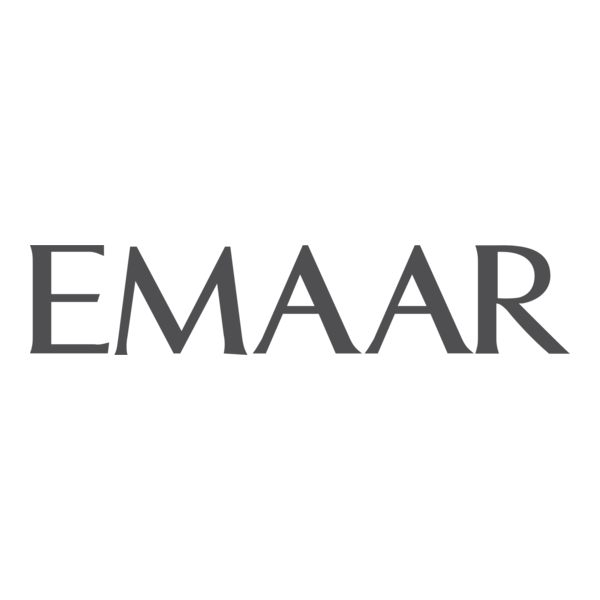Dubai Property Purchase (2025 Guide & Investment Opportunities)

Navigating Your Dubai Property Purchase in 2025
Dubai's real estate market continues to attract global investors, presenting a compelling landscape for a Dubai property purchase. As we look towards 2025, the emirate's strategic location, pro-business environment, and innovative urban development initiatives underscore its appeal. The market is characterized by robust growth and a wide array of options, from bustling urban apartments to serene waterfront residences. Understanding the dynamics of Dubai freehold properties is key for any prospective buyer, offering full ownership rights to expatriates and international investors. The process is streamlined, supported by transparent regulations from the Dubai Land Department, ensuring a secure and efficient transaction for those embarking on their Dubai property investment journey.
Exploring Diverse Dubai Property Investment Options
The diversity of the Dubai real estate market offers numerous opportunities for varied investment strategies. For those seeking premium living and substantial capital appreciation, Dubai luxury properties present an attractive avenue. This segment includes sprawling penthouses, opulent apartments, and exclusive Palm Jumeirah villas, renowned globally for their iconic design and unparalleled amenities. Simultaneously, areas like Dubai Marina offer a dynamic portfolio of high-rise Dubai Marina properties, catering to both lifestyle buyers and those focused on rental yields. According to market insights as of mid-2025, the average price per square foot for properties in Dubai ranges between AED 1,100 to AED 1,400, reflecting quality and location. Buyers can choose between off-plan properties, which often come with flexible payment plans, or ready properties for immediate occupancy and rental income.
Strategic Locations for Your Property Portfolio
Choosing the right location is paramount for any successful Dubai property purchase. Established hubs like Downtown Dubai and Business Bay remain popular for their central access and vibrant urban life, offering high-demand apartments and commercial spaces. For investors looking for family-friendly communities with excellent infrastructure, Jumeirah Village Circle (JVC) and Arabian Ranches provide a mix of villas and townhouses. Meanwhile, signature destinations such as Palm Jumeirah and Dubai Marina continue to be benchmarks for luxury living, drawing high-net-worth individuals and long-term residents. Each area presents distinct advantages, whether it's proximity to business districts, leisure attractions, or educational institutions, making careful selection crucial for maximizing your Dubai property investment.
Old vs. New Dubai: Contrasting Property Markets
The distinction between Old and New Dubai extends significantly into their respective property markets. Old Dubai, encompassing areas like Deira and Bur Dubai, features more traditional, low-rise buildings and a strong community feel. Properties here are often more affordable, appealing to those seeking stable rental income and a traditional lifestyle. While historically some properties might have been leasehold, the expansion of Dubai freehold properties has opened up more opportunities across the city. In contrast, New Dubai, home to districts like Dubai Marina, Downtown Dubai, and Palm Jumeirah, is defined by its contemporary skyscrapers, luxury villas, and state-of-the-art amenities. This part of the city caters to a fast-paced, cosmopolitan lifestyle and offers primarily freehold properties, attracting international investors looking for capital growth and prestige.
The Enduring Appeal of Waterfront Living & Investment
Waterfront properties in Dubai represent a pinnacle of luxury and a sound investment. Locations like Palm Jumeirah are synonymous with iconic Palm Jumeirah villas, offering private beach access and breathtaking sea views. Similarly, Dubai Marina properties boast stunning waterfront panoramas, vibrant promenades, and direct access to leisure activities. The allure of living by the water, combined with high demand from both residents and tourists, ensures strong rental yields and capital appreciation for these assets. Beyond just lifestyle, investing in these prime waterfront locations provides a tangible connection to Dubai’s aspirational vision, enhancing the long-term value of any Dubai property purchase.
Get Your Free Dubai Investment Guide
What's Inside:
- ✓8+1 reasons international investors buy in Dubai
- ✓Market overview – the numbers you must know before investing
- ✓Off-plan vs Ready – what are the advantages?
- ✓Top 6 emerging locations for off-plan investment
- ✓Golden Visa – frequently asked questions answered
Your information is private. We never spam.







